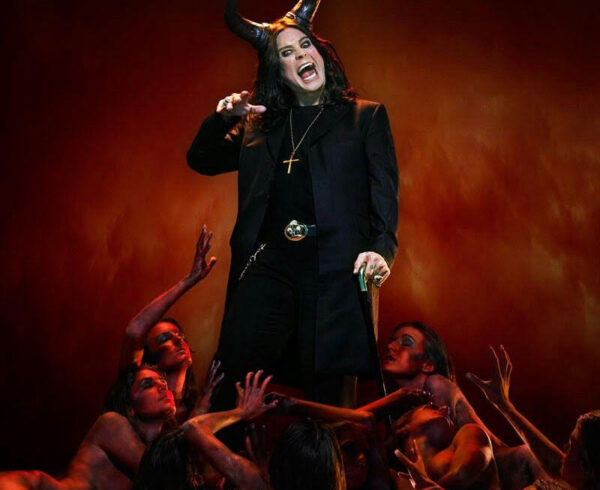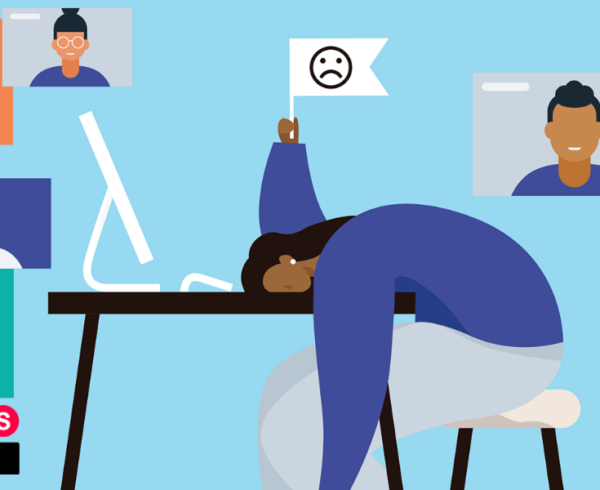For as long as I can remember, the “My child could do that” critique of modern painting and sculpture has resonated with me. Broadly defined, I hasten to add, modernity creates great new visual art all the time; just look at graphic novels over the last forty years. But to my eyes, high-status painting and sculpture – the kind displayed in the “modern” section of museums – almost always looks like junk. When my little boy loudly declared, “That’s not art!” at the modern section of the National Art Gallery, I thought of the Emperor’s New Clothes and proudly smiled.
I know that most art aficionados will attribute my philistine position to ignorance. But what’s my theory about where they go wrong? I can hardly call them ignorant; they plainly know vastly more about the art they prize than I do. Instead, I blame their aesthetic errors on some well-known psychological biases. Leading the list:
- Confirmation bias. Human beings have a serious case of “believing is seeing.” If they expect some artworks to be good – say, because they’re in a museum – they’ll look around for the faintest sign of aesthetic merit. They’ll rationalize. And before long, many viewers will convince themselves that almost anything they expected to be good is good.
- Hindsight bias. Once people know what actually happened, they find it hard to believe that anything else was ever possible. Even when “luck” and “coincidence” clearly drive the results, we prefer stories about “deep causes” and “inevitability.” Thus, when an artist achieves worldwide fame, our natural inclination is to attribute his success to aesthetic skill – and dismiss the possibility that he merely won a lottery.
- Conformity. Psychologist Solomon Asch famously designed an experiment with one subject and seven confederates. He gave them a simple task – comparing the lengths of lines–then repeatedly ordered all the confederates to give the false answer. Result: When everyone else says something wrong, people do more than say the wrong thing. When debriefed, many subjects seem to sincerely believe the wrong thing. So if you’re in a museum where everyone around you claims soup cans are great art, mere consensus can plausibly change your mind for no good reason.
- Social Desirability Bias. People prefer to say and believe whatever sounds good. “The stuff in the museum is great” sounds a lot better than “My child could do that.”
While these biases elegantly explain how modern art continues, they admittedly do little to explain how modern art arose. For that, you need a richer story, probably starting with artists’ yearning for originality combined with the immense (and ever-rising) difficulty of actually coming up with anything that’s both original and good.
You could respond, “If people enjoy modern art, who cares about its aesthetic merit?” I’m tempted to protest, “And people call me a philistine!” But the better answer is: because (a) in the short-run, bad art crowds out better art, and (b) in the long-run, the prevalence of bad art discourages people who justifiably dislike it from training to do something better.
Last point: the “ignorance” and “bias” stories can both be true! “People underrate modern art because they’re ignorant” and “People overrate modern art because they’re biased” are two independent mechanisms. So even if art aficionados correctly diagnose the philistines that surround them, they’re missing half the picture.
This column originally appeared at the Foundation for Economic Education, and is reprinted here by permission.












